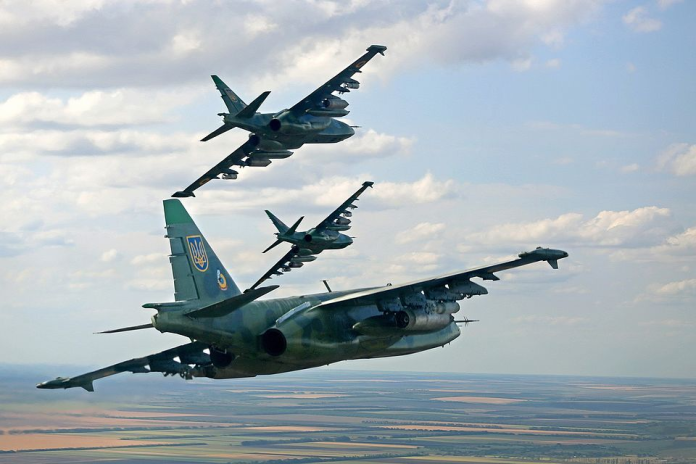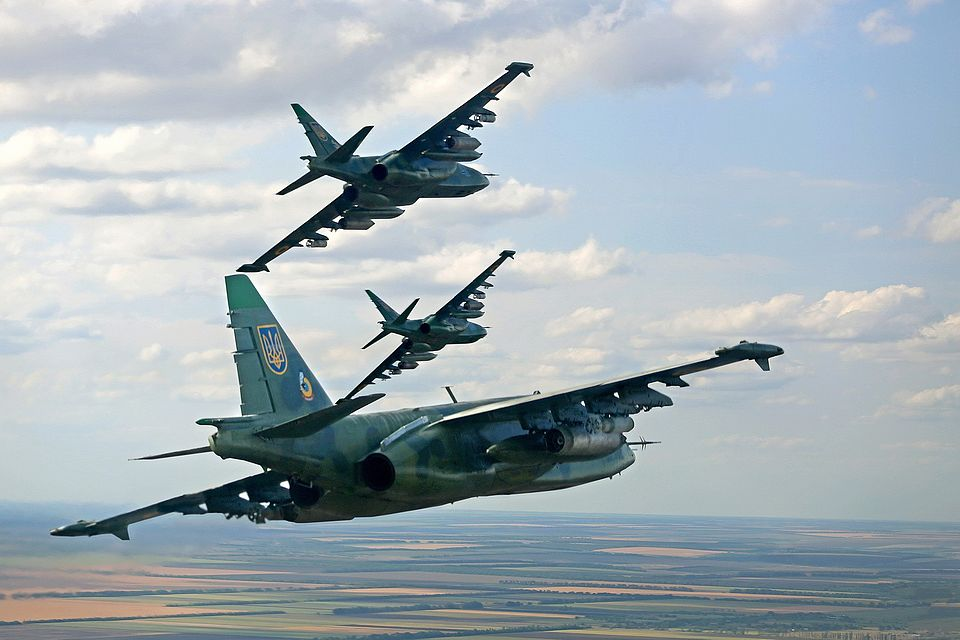
Russian military supply chains in regions of the Kursk and Zaporizhzhia oblasts have taken a significant hit. Ukrainian tactical air has employed recent Western-provided precision bombs to blast away bridges, pontoon bridges, and command posts targets previously considered too heavily defended to attack without suffering heavy losses. These are not one-time occurrences; they form part of a larger development of Ukraine’s air war strategy.
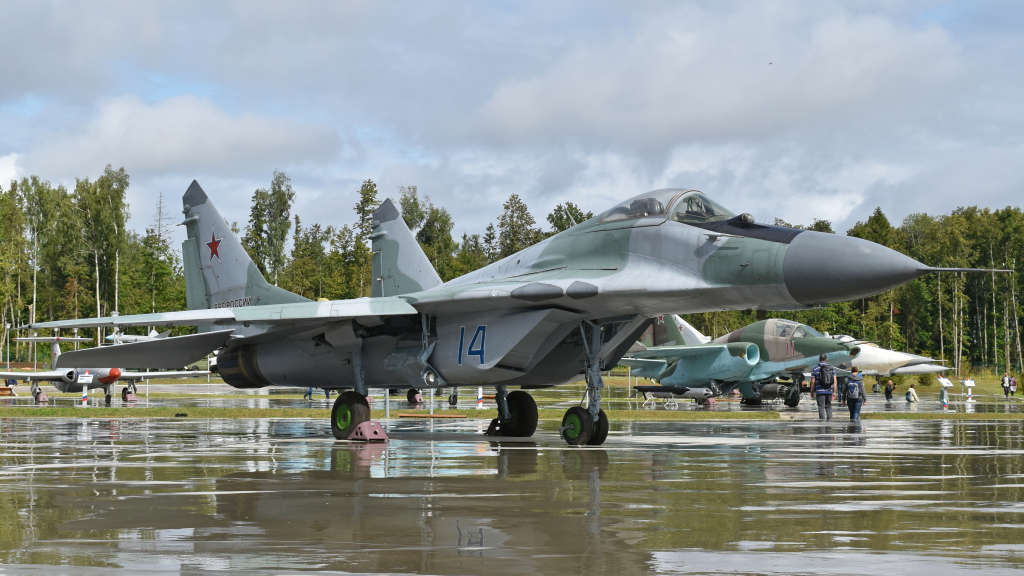
The mounting of U.S. Joint Direct Attack Munition-Extended Range (JDAM‑ER) kits, GBU‑39 Small Diameter Bombs, and French AASM Hammer munitions on Soviet-era MiG‑29s and Su‑27s is a technical advancement. The effects are evident: high-value Russian infrastructure eliminated, supply lines cut, and frontline momentum lost. For defense analysts and military technologists, these operations unveil not only tactical brilliance but also the strategic significance of converting Cold War aircraft for 21st-century precision warfare.
What follows is a closer examination of the most significant elements of this evolution from the elimination of strategic crossings to the technological wonders that enable these attacks.

1. Kursk Crossings Eliminated With U.S. Glide Bombs
Close to the Russian village of Zvanoye, in the region of Kursk, Ukrainian planes bombed a bridge and pontoon crossing used for transporting heavy machinery. The mission, which was recorded by the Soniashnyk Telegram channel, made use of American GBU‑62 JDAM‑ER and GBU‑39 Small Diameter Bombs. According to Militarnyi, the damage will “considerably lower the throughput capacity” of Russian logistics and cause the establishment of new, less secure crossings.
Coordinates published by open-source analysts put the strike at 51.387940, 34.553941, highlighting the accuracy of the strike. This was not a singular effort; it followed previous Ukrainian aerial strikes against Russian command points in Zaporizhzhia, reflecting a relentless campaign to destroy vital infrastructure.
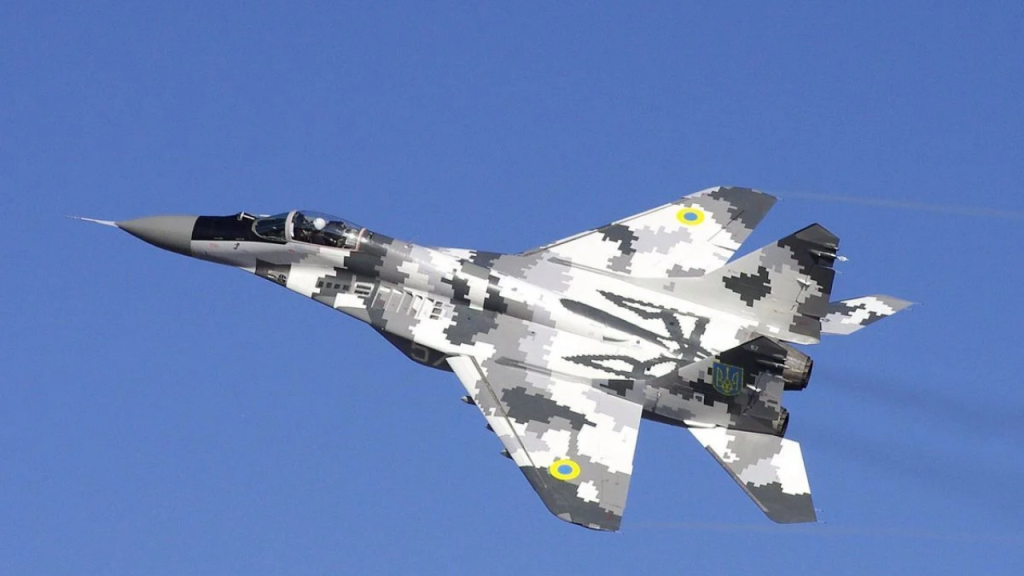
2. Command Posts Destroyed in Zaporizhzhia
Early in August, a Ukrainian MiG-29 fired with GBU-62 bombs into the Russian company command center occupied in the Zaporizhzhia territory. In footage, the aircraft ascended steeply before dropping its payload, just as a big explosion engulfed the target. Militarnyi reported that the explosion destroyed the personnel within but no casualty numbers were given.
The battle took place while there was intense battle in Kamianske, which had been briefly captured by Russian troops. The aim, the Ukrainian Southern Defense Forces’ spokesperson Vladyslav Voloshyn explained to RBC-Ukraine on August 3rd, was to “return to the river and reassert control” over the split town. Disabling command centers is an integral part of that.
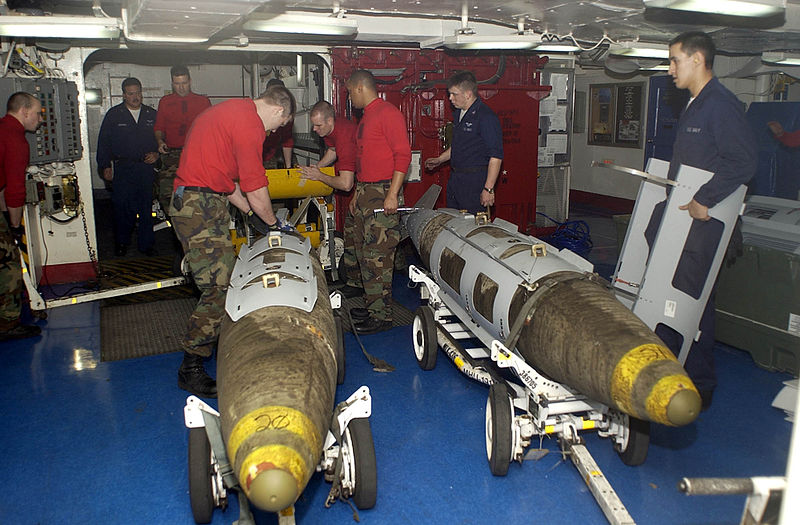
3. Vasylivka Ferry Crossing Damaged
In mid-July, Ukrainian tactical aviation targeted a ferry crossing near Vasylivka, a vital link in Russian supply lines toward Kamianske. Two American-made GBU‑62 bombs fitted with JDAM‑ER kits obliterated the temporary bridge, which had replaced a destroyed road crossing.
Soniashnyk credits the success of the strike to the advance destruction of Russian air defenses, such as Buk systems, in the region. The tactic of layering first leveling defenses, then striking logistics has been a hallmark of Ukraine’s aerial campaign.
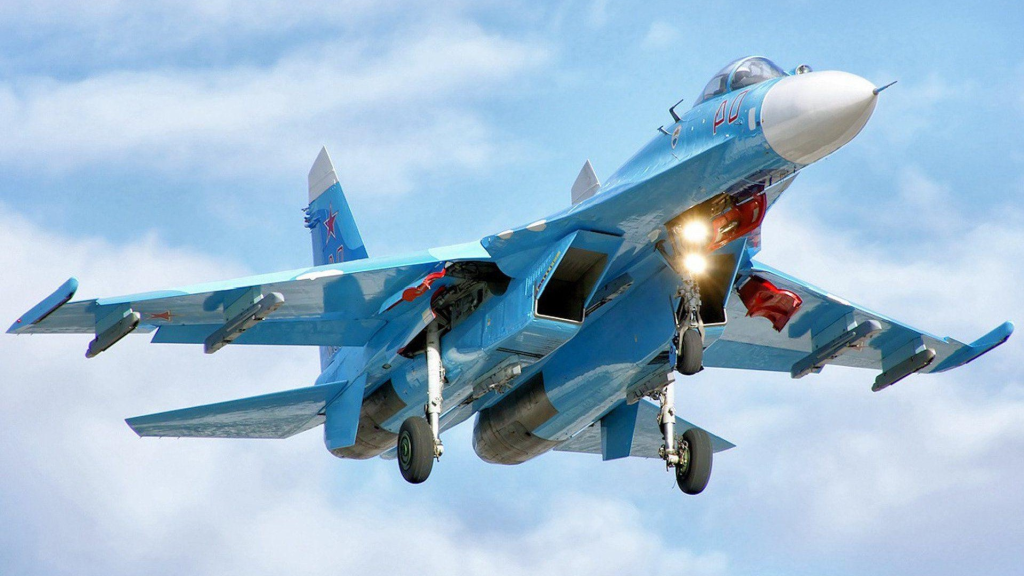
4. Engineering NATO Weapons Onto Soviet Jets
Attaching NATO-standard bombs to MiG‑29s and Su‑27s needed extensive modifications. Ukrainian engineers constructed specialized pylons with GPS antennas that provided targeting data to the munitions, a temporary solution to the unavailability of NATO-compatible avionics. In other instances, tablet-based control systems were added in cockpits to load coordinates on the fly.
These modifications, assisted by U.S. military advisers, enabled Ukraine to deploy JDAM‑ERs and Hammers without having to retire its fleet. The outcome is a Soviet-era airframe providing Western precision-strike capability.

5. JDAM‑ER: Increasing Reach and Survivability
The JDAM‑ER kit places pop-out wings and GPS‑aided inertial guidance on standard bombs, extending their range as far as 45 miles from compatible aircraft. Even when fired from lower altitudes to keep them undetected, maneuvers such as pop-up maneuvers can maintain most of that range.
U.S. Air Force Gen. James Hecker authenticated that Ukraine’s inventory is limited but adequate for “a couple of strikes” simultaneously. The greater reach enables planes to target bridges, hardened defenses, and dispersed air defenses while lowering exposure to Russian surface-to-air missiles.
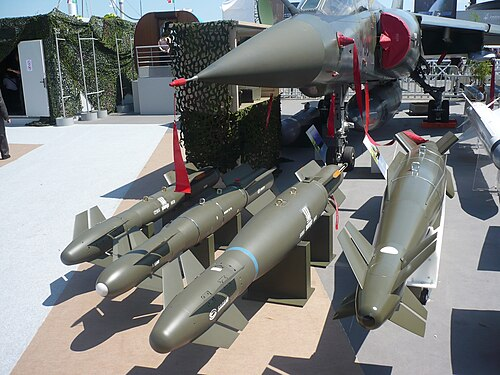
6. French AASM Hammer’s Low-Altitude Advantage
The AASM‑250 Hammer, equipped with a rocket booster, can engage targets at least 15 kilometers distant even when launched from very low altitudes. This feature allows Ukrainian pilots to remain beneath horizons of radar, minimizing the exposure to long-range systems such as the S‑400.
Safran, the producer, points out that Hammer strike has greater energy than glide bombs, enhancing penetration against hardened targets. Ukrainian MiG-29s have been seen employing low-altitude toss-bombing tactics to take advantage of this capability.

7. Countering Russian Electronic Warfare
Russian GPS jamming has reduced the effectiveness of Western precision-guided munitions in Ukraine, including JDAM-ERs. In May, the US Air Force initiated the addition of home-on-GPS-jam seekers to Ukrainian JDAM-ERs to counter the threat.
Ex-Pentagon official Mick Mulroy said American media that Russian jamming is the reason that JDAMs in Ukraine “are not performing in the way they are expected” relative to other conflicts. This electronic battle has been a hallmark of the air war, determining tactics and weapon improvements on both sides.
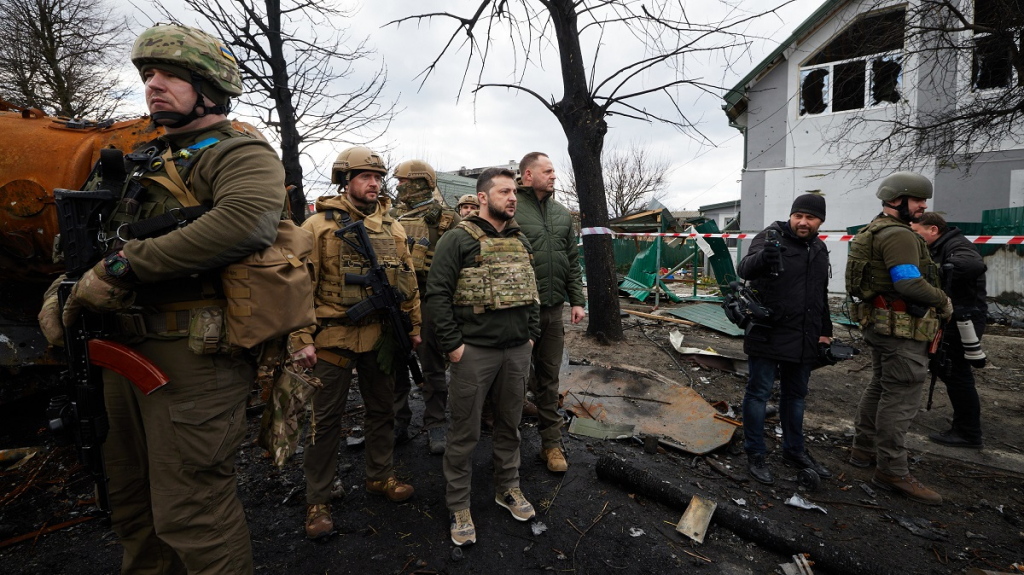
Recent Ukrainian air strikes illustrate how a combination of Western technology, native engineering creativity, and targeted strategy can transform the battlefield. Through the modification of Soviet-era planes to carry precision-guided munitions, Kyiv has reached deeper into Russian-controlled territory and interdicted key logistics. But the competition is fluid: Russian electronic warfare and air defenses persist in testing these abilities. For the moment, the demolition of crossing points, command centers, and supply lines highlights a core aspect of twenty-first-century warfare air power is as much a test of innovation as firepower.
